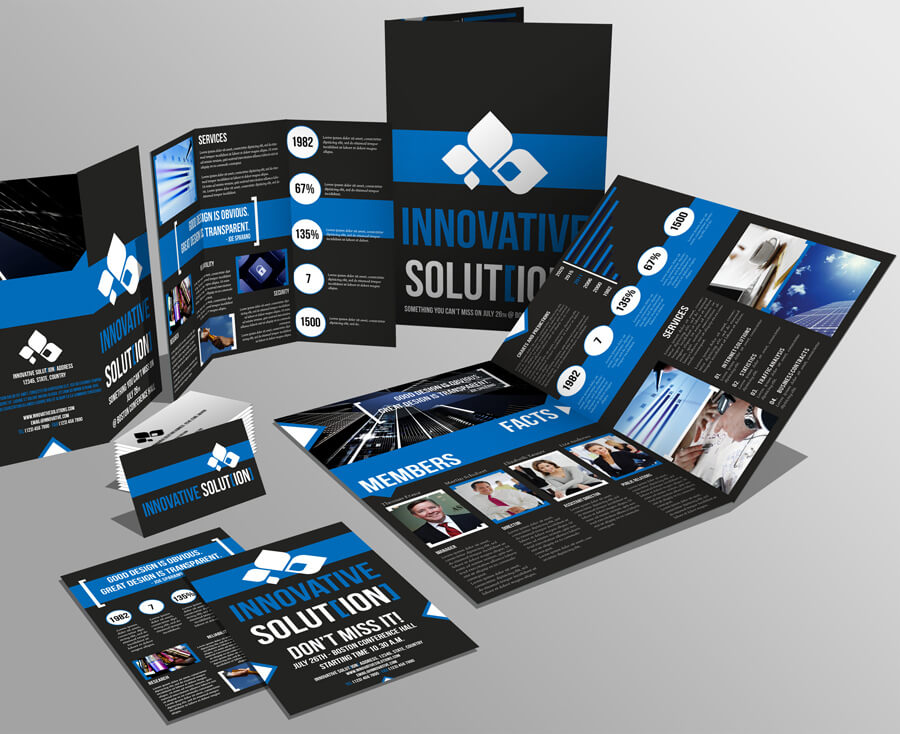
With all the image file types that exist, plus the many resolution formats images can have, it’s no wonder things can get a little confusing when creating prints for your next event. In this article, we’ll be presenting a collection of helpful links to pages that help explain the resolution and file types for images.
Jessie-Lee Nichols from HubSpot provides an awesome explanation on How And When To Use Different Types of Image Files.
Before we jump into the different file types, let’s first explain the difference between a rasterized image and a vectorized image.
Rasterized Images vs Vectorized Images

Rasterized images are created by a collection of pixels that combine to form the image. Ever notice when you zoom into an image how things appear “pixelated” or blurry? The more pixels an image has, the greater the resolution (more information on this discussed later). Zooming into an image scales up the pixels to fill the screen and thereby make things look more blurry.
Vectorized images are created using mathematical equations that make up the curves, edges, lines, and shapes in your design. This means you can scale up your design to whatever size you want without increasing the file size and still maintain a clean, sharp look for your design.
Now let’s talk about the different file types.
Image File Types

JPG: Joint Photographic Experts Group. This is the most common image file type. It is used predominantly across the web and can also be used in Microsoft Office applications, Adobe applications, and more.
PNG: Portable Networks Graphics. These are typically used for creating images with transparent backgrounds, hence, they are perfect for website image like logos, banners, icons, etc.
GIF: Graphics Interchange Format. In its basic form, GIFs are simply a collection of images that alternately display after one another to “animate” an image. Gifs are a popular file type across social media sites as they take up little space.
TIF: Tagged Image File. Tifs can take a great deal of time to load on a webpage. The upside is that they don’t lose quality. This makes for an ideal file type when saving photos for print.
PSD: Photoshop Document. PSD files are simply files used and created in Adobe Photoshop that have a rasterized format.
PDF: Portable Document Format. This is yet another Adobe file type that allows viewers to access a file from virtually any device and via any application. This acts as a universal tool for sharing your design graphics with other people.
EPS: Encapsulated Postscript. This is a vector-based file type that acts as a universal file type similar to PDF.
AI: Adobe Illustrator Document. AI files are simply files used and created in Adobe Photoshop that have vectorized graphics.
INDD: Adobe Indesign Document. These are image file types that incorporate advanced graphic designs in typography, content, formatting, layout, etc.
Image Resolution

Printing for Less has an entire page dedicated to explaining image resolution. The number of pixels per square inch determines the resolution of the image. The more pixels it has, the higher the resolution and the sharper the image will appear. When printing out brochures, flyers, or pamphlets for your next event, you will want to have a high enough resolution for things to appear clean and crisp. You’ll want to be careful though, as a higher resolution takes up more space and requires a larger file size.
Have any questions or concerns? Give us a call or chat with us directly on Facebook!
